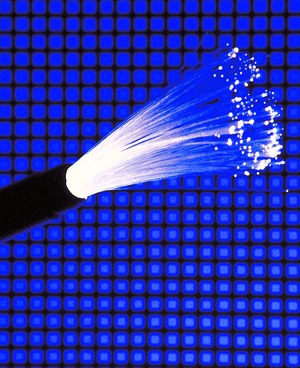NBN builders test better tech
 Leaked reports suggest the company building the National Broadband Network has investigated a new kind of fibre-to-the-premises technology.
Leaked reports suggest the company building the National Broadband Network has investigated a new kind of fibre-to-the-premises technology.
Fairfax media has reported on a leaked internal NBN Co document that details successful trials of a “type-3” system dubbed “MT-LFN” - multi-technology local fibre network.
It uses thinner optical fibres and flexible joints to build a system that is more adaptable and easy to install than previous optical cables.
In fact, Fairfax says the system was used as a trial to bypass ageing Telstra copper wire networks in Victoria: at Ballarat (July 7, 2014 to December 1, 2015) and in the Melbourne suburb of Karingal (July 14, 2014 to December 1 2015).
The document allegedly obtained by the media this week – “CTO Briefing: Multi Technology - Local Fibre Network (MT-LFN)” - covers the trial.
While the company insists that the federal government's cut-price low-speed fibre-to-the-node (FTTN) model will still be the cheapest, it appears that the costs of the alternative fibre-to-the-premises (FTTP) option preferred by the previous Labor government could be coming down.
But the savings in an all-fibre rollout could be significant, as it would not require the construction of “fibre distribution hubs” - above-ground cabinets that service 200 to 300 homes each.
Opposition communications minister Jason Clare says the trials show “Malcolm Turnbull has been lying for months about how much it costs to connect to Labor's superior fibre NBN”.
“It proves the only reason that Malcolm Turnbull is not connecting millions more Australians to the real NBN is politics,” he said.
Minister for Communications Mitch Fifield said: “It's outrageous for Labor to suggest the NBN has been misrepresenting the cost of fibre to the premises”.
“Any claims this is a secret plan are nonsense. NBN actually announced that it has been trialling a possible solution using fibre to the pit in the footpath at its half-year results presentation earlier this month. The Government has given NBN a mandate to find the fastest and most cost-effective way to complete the network,” Mr Fifield told reporters.








 Print
Print